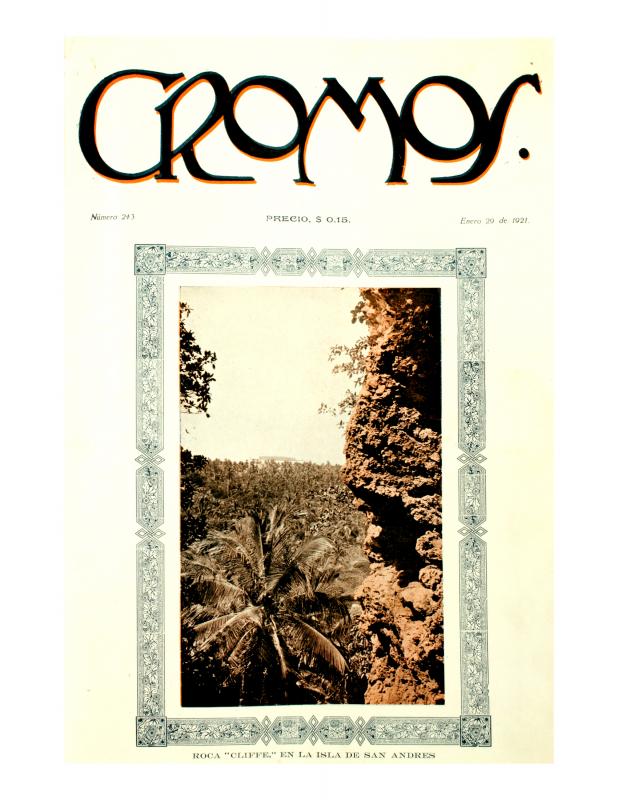This document is important as a record of the first exhibition held by the Colombian artist, Ricardo Gómez Campuzano (1891-1981), upon concluding his studies in Spain. For the first time, he showed the two interests that would characterize his work throughout his life as an artist: landscapes and portraits. Moreover, this document is evidence of the influence of Spanish painting and sculpture on the work of Gómez Campuzano, which was noticeable in the work of other Colombian artists of the period who had also studied in Spain. The article specifically refers to Domingo Moreno Otero (1882-1948), Miguel Díaz Vargas (1886–1956) and Roberto Pizano Restrepo (1896-1930). The set of works expressing “lo español” [Spanishness] in Colombian art took place during the 1920s and came to be known as “la españolería.”
Between 1921 and 1926, Gómez Campuzano studied on a scholarships granted by the Spanish government at the Academia de Bellas Artes de San Fernando [San Fernando Academy of Fine Arts] in Madrid. Upon his return to Colombia, he organized the exhibition reviewed by “Eleuterio de Castro”—the pseudonym of the Colombian conservative politician, Laureano Gómez Castro (1889-1965)—for the liberal daily newspaper, El Espectador.
Behind the pseudonym, the actual Laureano Gómez Castro was a member and subsequently head of the Colombian Conservative Party. In praising the portraits and landscapes shown in this exhibition, the writer adopted a stance that he would still hold and express a decade later in his famous essay “El expresionismo como síntoma de pereza e inhabilidad en el arte” [see doc. no. 1089142]. In the later article, he states that the essence of genuine art is its imitation of the live model and of nature; he goes so far as to condemn the Expressionist trends current at the time in Latin America.
Similarly, “Eleuterio de Castro” agrees with the ideas expressed by Rafael Tavera (1878–1957) in his essay, “Notas de Arte” [see doc. no. 1079333], published a few years earlier, acknowledging Spanish art as the guide in representation of nature.


